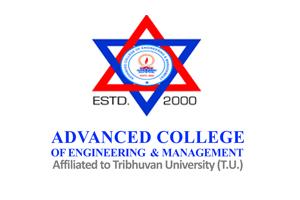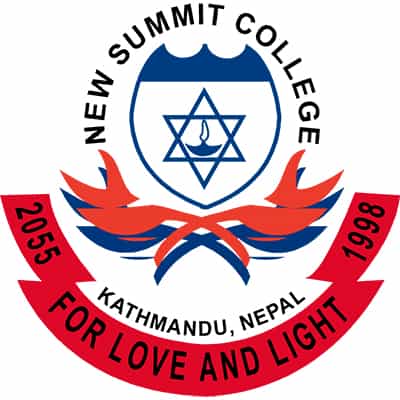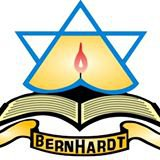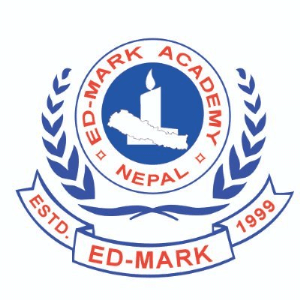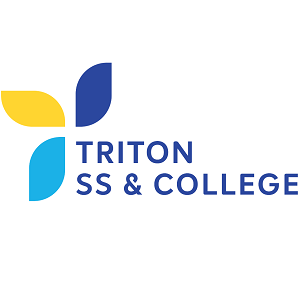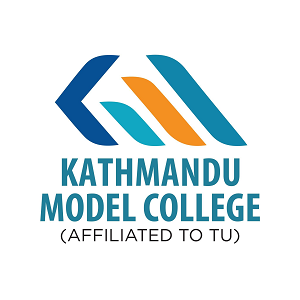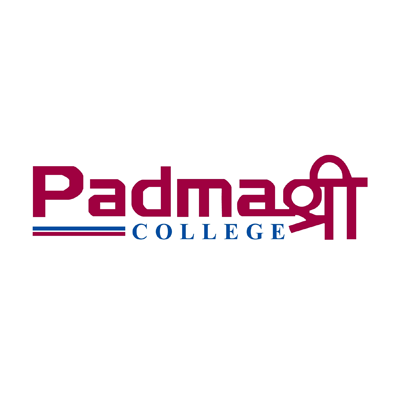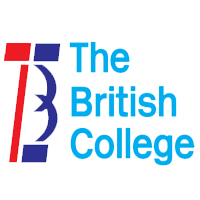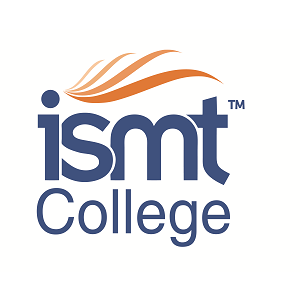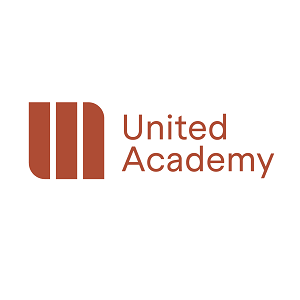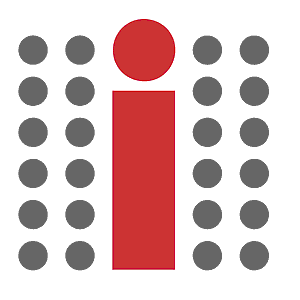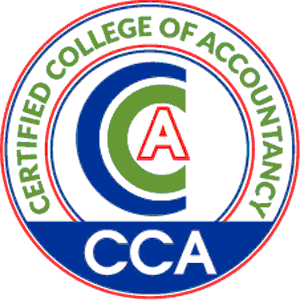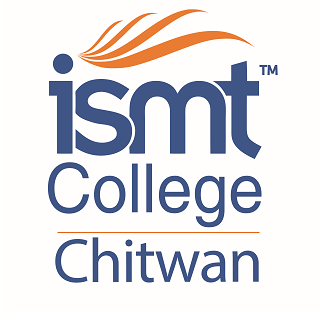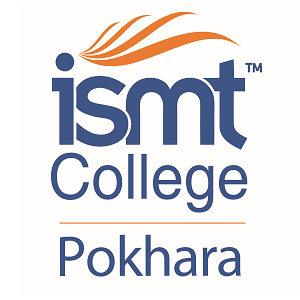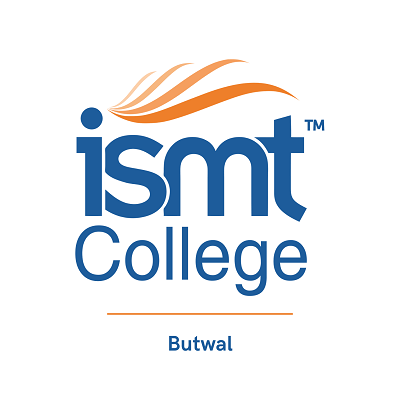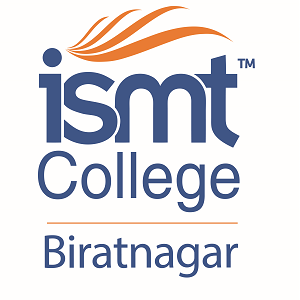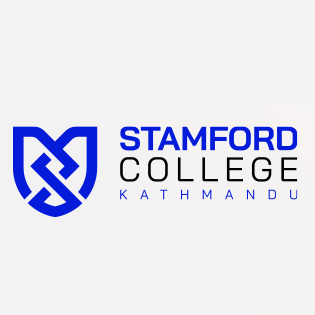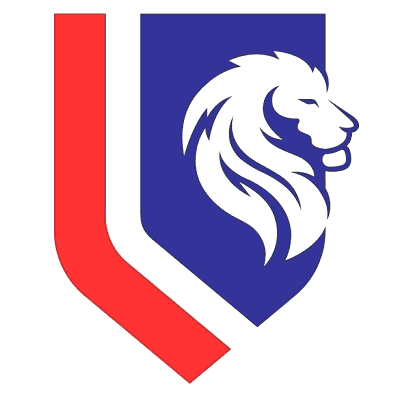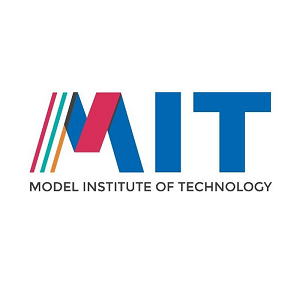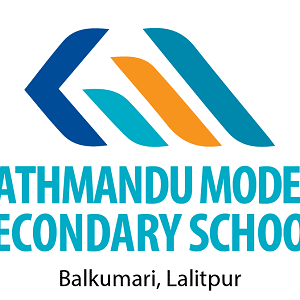Overview
BCA at Kantipur College of Management and Information Technology (KCMIT)
The Bachelor of Computer Application (BCA) at KCMIT, Mid-Baneshwor, Kathmandu, runs under Tribhuvan University (TU), Faculty of Humanities and Social Sciences (FoHSS).
Students seeking TU BCA in Kathmandu will find this page useful for KCMIT BCA admission, entrance, syllabus, semester structure, and career paths.
BCA at KCMIT focuses on software development, systems thinking, web technologies, databases, networking basics, and structured project work. The program uses the TU semester model and FoHSS examination rules.
KCMIT delivers BCA in a city-center college at Basuki Marg, with classrooms, computer labs, and a schedule that matches TU’s academic calendar. Students learn coding, data handling, and communication skills that support entry-level roles in Nepal’s IT and services sectors.
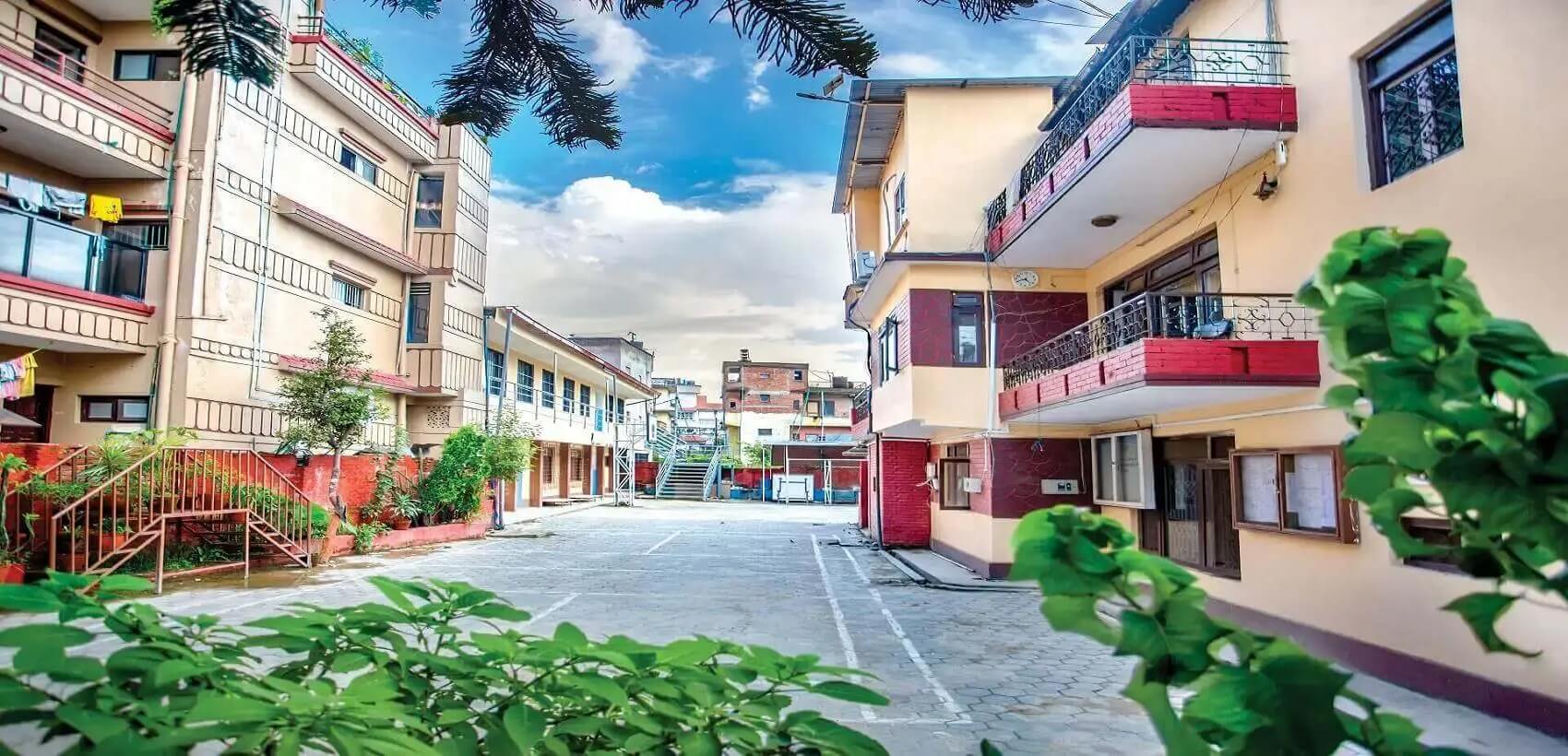
Affiliation: Tribhuvan University, Faculty of Humanities and Social Sciences
Degree title: Bachelor of Computer Application (BCA)
Program length: Four years, eight semesters
Evaluation: Internal assessment and FoHSS end-semester examinations
College location: Mid-Baneshwor, Basuki Marg, Kathmandu
Highlights
Study focus: Programming (C/Java and other course languages), data structures, database systems, web technologies, operating systems, networking basics, software engineering, information systems, e-business, and projects.
Learning rhythm: Coding and fundamentals in the early semesters; database and web stacks in the middle; operating systems, networking, and software engineering next; projects, internship, and electives toward the end.
Program outcomes: Practical coding ability, basic system administration exposure, database query skills, clear communication in reports and presentations, and a final project or internship output that documents your work.
Curriculum Details
BCA follows FoHSS standards and is delivered across eight semesters. KCMIT keeps to the official subject basket and assessment approach set by TU. The outline below shows the typical spread of modules students meet during the degree.
Core computing:
-
Computer fundamentals; digital logic; microprocessor basics
-
Programming in C and object-oriented programming (Java or equivalent)
-
Data structures and algorithms; scripting; operating systems
-
Database management systems; SQL practice; information systems
-
Web technologies (front-end and server-side as per semester plan)
-
Networking essentials; network programming; cloud computing (intro)
-
Cyber law and professional ethics; applied economics or management for context
Applied components:
-
Project I, II, and III across mid to late semesters
-
Internship (credit-bearing) with report, presentation, and evaluation
-
MIS and e-business modules that connect technology to business use
Support modules:
-
Mathematics I & II; probability and statistics; numerical methods
-
English I & II; communication tasks for reports and presentations
-
Society and technology; research and documentation practice
Electives (sample areas):
-
Mobile programming; advanced Java/.NET topics
-
Data warehousing and mining; cloud services; security topics
-
Operations research or other focused options offered under TU’s basket
Semester-wise sequencing and code numbers follow TU’s official syllabus. KCMIT publishes the semester plan each cycle so you can map assignments, labs, and project stages in time.
Objectives
BCA aims to prepare graduates who can:
-
write, test, and debug programs that solve routine business or administrative problems;
-
model and query data in relational systems;
-
use web stacks to build small applications;
-
understand operating systems and networking at a practical level;
-
follow professional ethics and basic legal norms for IT work;
-
present a coherent project or internship report.
Scope
Graduates enter roles where hands-on programming and basic system support are needed. Nepal’s banks, software firms, telecom partners, retailers, and service companies hire for junior developer, web developer, QA/testing, support engineer, MIS assistant, and help-desk roles. NGOs and public projects also need graduates who can maintain small apps, prepare data extracts, and document processes.
Your scope improves when you combine strong coding habits with documentation, version control, and teamwork. Projects and internships help you signal this mix to employers.
Learning Outcomes
By graduation, students should be able to:
-
build small to medium programs that follow clear logic and style;
-
design tables, write queries, and explain how transactions and indexes affect performance;
-
set up basic network services in a lab context and troubleshoot common issues;
-
plan, implement, and review a semester project using milestones and simple issue tracking;
-
create reports and presentations that a non-technical audience can follow.
Skill Development Modules
Programming and problem solving: Step-by-step logic, debugging, code reviews, and coding standards used in labs and projects.
Data and databases: Schema design, SQL queries, basic optimization, and documentation of data flows.
Web stack practice: HTML/CSS/JS basics with server-side components as per semester plan; simple deployment exercises where the course enables it.
Systems and networks: Operating system services, shell practice, network configuration fundamentals, and security hygiene for lab tasks.
Professional writing and presentation: Email etiquette, report writing, presentation slides, and short technical demos.
Project discipline: Version control, readme files, issue lists, and handover notes that make your work reusable.
Teaching Methodology
KCMIT follows TU’s approach that blends:
-
lectures for core concepts;
-
lab sessions for hands-on work;
-
group discussions and short seminars;
-
case or mini-project assignments;
-
staged project reviews and viva.
Faculty share a course outline at the start of the semester that lists objectives, weekly topics, readings, evaluation breakdown, and submission dates. Students receive guidance for building a small portfolio by the time the internship starts.
Admission Requirements
Minimum qualification: +2/PCL or equivalent from a recognized board.
Grade rule: Recent FoHSS notices state eligibility for Grade 12 graduates as minimum D in each subject with CGPA 1.8 or more, or second division in 10+2/PCL. Earlier Grade 12 batches may see minimum D+ and CGPA 2.0 clauses. Check the current FoHSS BCA notice for the active cycle.
Entrance exam: FoHSS conducts a centralized BCA entrance test. The exam typically includes 100 objective questions across quantitative topics, logical reasoning, English language, and ICT context. A minimum of 40% is required to qualify for interview or counseling stages as announced for the year.
Application steps:
-
Form fill-up: Submit the online entrance form within the FoHSS window.
-
Admit card & test: Print your admit card and sit the exam on the scheduled date.
-
Merit & seat movement: Follow the published merit list and complete college-level admission formalities within the stated deadline.
-
Documents: SEE/SLC, +2/PCL certificates and transcripts; character certificate; copy of citizenship or passport; recent photos.
KCMIT’s admissions desk helps you confirm seat availability and the reporting timeline after the entrance results appear.
Career Opportunities
Entry roles: Junior software developer, web developer, QA/testing associate, technical support engineer, MIS/reporting assistant, or help-desk technician.
Sector examples: Banking and microfinance IT units, software and web agencies, ISP and telecom partners, retail/wholesale chains, hospitality systems, education tech, and NGO project systems.
Growth path: Students who complete strong projects, contribute to small open-source tasks, or document internships thoroughly move faster into analyst or developer tracks. Many BCA graduates prepare for master’s study in computing or information systems after two to three years of work.
Scholarships and Financial Aid
KCMIT announces scholarships during the admission cycle. Merit recognition for high semester performance and provisions tied to university distinctions may apply. Coverage, continuation rules, and seat counts change by year. Request the latest signed notice from the KCMIT office before applying.
Why Choose This Course?
Recognition: TU BCA carries national recognition under FoHSS and matches the expectations of local employers for entry-level software and systems work.
Balanced learning: Coding, databases, web stack, and system basics move in parallel with communication and project work so you graduate with a usable portfolio.
Clear progression: A semester system with internal tasks, end-semester exams, and a credit-bearing internship gives you predictable checkpoints across four years.
City-center access: KCMIT’s Mid-Baneshwor location keeps commute times manageable and supports part-time projects during later semesters.
Conclusion
BCA at KCMIT follows FoHSS rules on curriculum, entrance, and examination. Students learn practical coding, database handling, web stack basics, and disciplined project work. The degree suits learners who want an applied route into Nepal’s software and service sectors or a step toward advanced study. For dates, forms, and intake details, follow the FoHSS entrance portal and KCMIT admissions desk for the current cycle.
FAQ
1) Is BCA at KCMIT under TU?
Yes. BCA runs under Tribhuvan University, Faculty of Humanities and Social Sciences.
2) How long is the program?
Four years across eight semesters with internal assessment and FoHSS end-semester exams.
3) What are the grade requirements for eligibility?
Recent notices list minimum D in each subject with CGPA 1.8 or more, or second division in 10+2/PCL. Earlier Grade 12 batches may see D+ with CGPA 2.0. Follow the current FoHSS notice.
4) What is the BCA entrance pattern?
Centralized test by FoHSS, 100 objective questions that cover quantitative topics, reasoning, English, and ICT context. A minimum of 40% is required to qualify.
5) Does the program include an internship?
Yes. A credit-bearing internship with report and presentation appears in the later semesters.
6) What documents do I need for admission?
SEE/SLC, +2/PCL certificates and transcripts, character certificate, copy of citizenship or passport, and recent photos.
7) Where can I confirm dates and forms?
Check the FoHSS entrance portal for the current window and contact KCMIT’s admissions desk for college-level reporting and seat updates.


